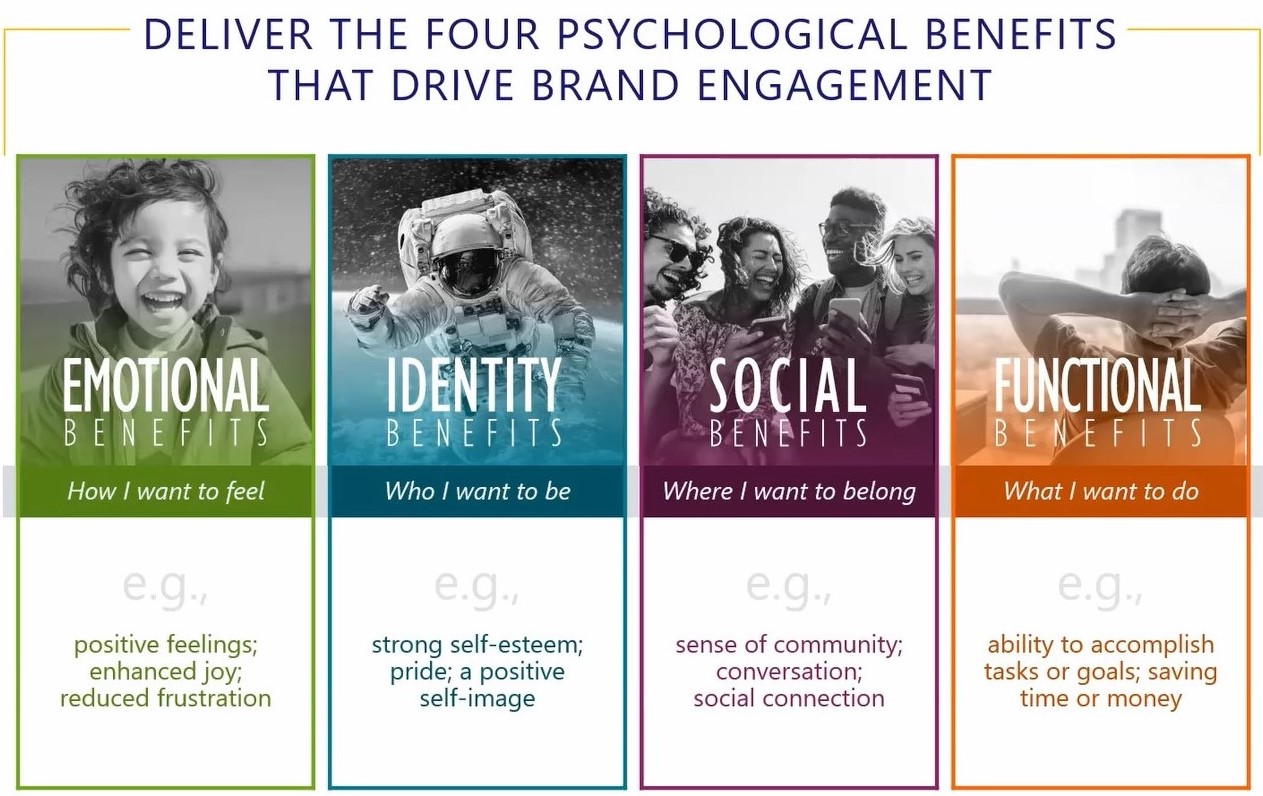A Look into the Johnson & Johnson Vaccine
There’s an interesting relationship between the increase in administered vaccine doses, and the increase in vaccine hesitancy—a phenomenon not unfamiliar when brand tracking. Especially when concerned with health and safety, the Johnson & Johnson (J&J) vaccine rollout, pause, and restart impacted how consumers perceive the vaccine brands/options currently available, and those to come. This isn’t unprecedented in brand tracking; J&J has experience with other public relation challenges that resulted in legal action. While negative brand perceptions are challenging, there are several actions that can be taken to mitigate the risk associated with a diminished brand perception. While measuring the core brand funnel metrics (e.g., awareness, familiarity, favorability, consideration, loyalty, and advocacy) over time is critical, we know that brand measurement needs to go beyond that. When supporting a brand through a crisis, here are a few ways to improve your brand perception—whether you’re J&J, a retail company, or bank:
- You’ve got soul, so let everybody know. Tap into emotional elements. CMB’s proprietary BrandFxSM approach is a critical asset and can help you achieve this. Having the ability to measure how a brand makes consumers feel (which is different from how you feel about a brand), can help to uncover opportunities you didn’t know existed. For some brands, measuring social and identity benefits will also provide direction on how to position your brand. For example, a brand like J&J may make consumers feel safe and taken care emotionally. The social benefits of togetherness and helping others (by receiving the vaccine) could have also led to positive brand views.

- You can survive. Face legacy brand issues and take action. The most successful and meaningful brand research addresses and measures the context in which the brand exists. Understanding pre-existing negative brand perceptions, how widespread they are, and the depth of their impact is important. This historical insight around barriers allows you to strategically handle those brand perceptions to plan ahead and increase brand adoption. J&J’s long-standing track record filled with recalls, lawsuits, and fines have resulted in consumers’ trust being broken. Furthermore, with the COVID-19 vaccine being the company’s first vaccine on the market, some may wonder whether and how this aligns with their brand offerings. Should they continue to manufacture vaccines? Will consumers trust them? A brand like J&J must start by understanding the market’s baseline perceptions, including barriers, expectations, and where the brand fits in consumers’ minds. Action planning, implementing, and continuous measurement can lead to brand shifts overtime. Focusing on the operational aspects (whether, what, and how to offer products) and delivery of the “brand” through messages and communications are critical for brand alignment.
Brands need to be forward thinkers, especially when it comes to getting through a PR crisis. Brand tracking is an important tool in this process so that you can leverage the voice of the customer to create an action plan for your brand’s recovery and redemption. Consumers control a brand’s perception—not companies. Need to track your brand’s health or understand how your consumers perceive your brand? Contact us today to uncover perceptions you didn’t know existed while taking your brand to the next level.
